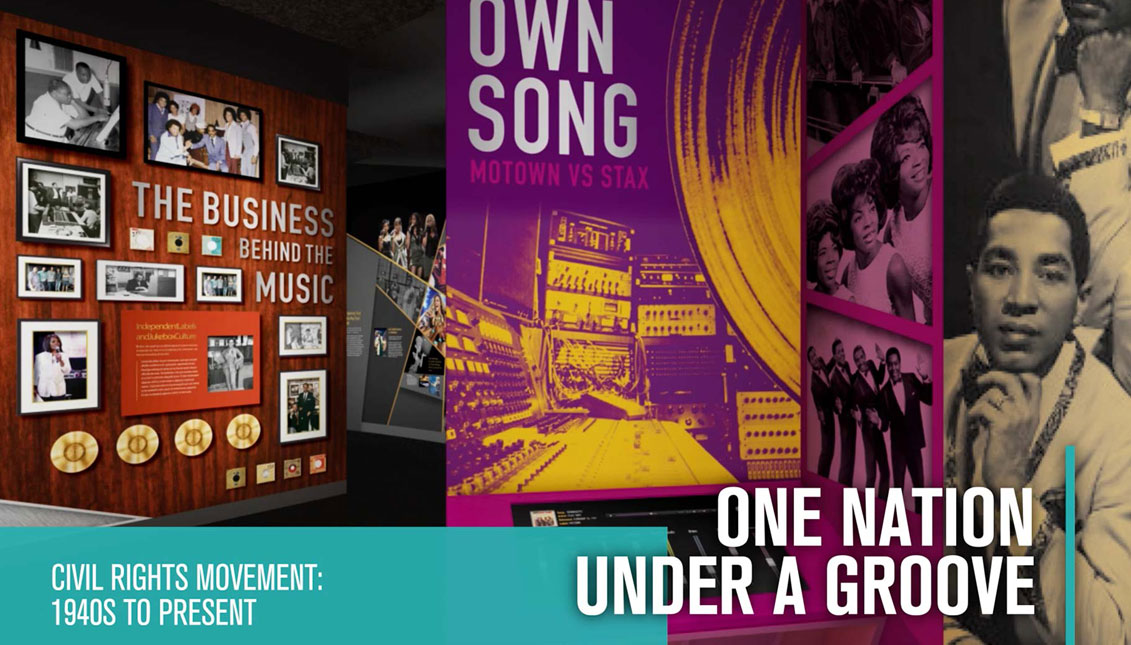
The colossal museum to the pride of black music is about to open in Nashville
The National Museum of African American Music (NMAAM) is scheduled to open on September 3rd.
There's room for 92 football states in 56,000 feet and plenty of room. That's how colossal the National Museum of African American Music (NMAAM) will be once it opens its doors on September 3.
The idea for the NMAAM came in 2002, when members of the Nashville Chamber of Commerce proposed the creation of a museum dedicated to African American music, culture and arts. After nearly ten years of study and planning, the museum decided to specialize and stay "only" with music.
From the music of the communities of Central and West Africa, which were brought into slavery in North America, to gospel, the struggle for civil rights, and modern-day rap, the NMAAM will showcase the entire journey of U.S. history from the legacy of black music, which - to speak justice - is the history of all American music.
Since 2015 the museum began to carry out its educational programs, even before it had a physical headquarters.
The museum, which raised nearly $60 million in donations to finance its construction, plans to complete its construction in August - they have continued to work with a small number of workers to minimize the risk of COVID-19 infection, so far without any positive cases - and open to the public on September 3.
The NMAAM will have 7 rooms and a specialized library, as well as a large collection of objects including instruments, sheet music, and clothing.
The museum's tour will begin with the Roots Theatre, an immersive film screening that will start with the music of Central and West Africa, the institution of slavery and a tour of all the musical traditions that were born in the United States: spiritual singing, blues, jazz, gospel, R&B and hip-hop.
RELATED CONTENT
Rivers of Rhythm Pathways is a corridor that continues that narrative and connects with Wade in the Water: the history of religious music from Africa to gospel, R&B, soul, and the 21st century.
Crossroads delves into the history of the blues: its origins in the Mississippi fields after the banning of slavery, its influence on country music and the rock 'n' roll of the 1950s, as well as the history of the Great Migration.
A Love Supreme shows the history of jazz, with all its diversity -dixieland, swing, bebop, hard bop, fusion, etc. One Nation Under a Groove takes up the baton to explore funk, disco, house, techno and hip hip, and the civil rights movement from 1940 to the present, and The message the legacy of hip hop and rap from the 20th century to the present.
The anti-racist struggle and the education of all sectors of the population does not only involve protest or legal struggle. In the protection and promotion of the cultural legacy of the African-American community there is an important exercise of historical recognition of the role that the black community has had in the history of the country's culture.
Honor to whom honour is due.
This is one of the museum's playlists available on Spotify.




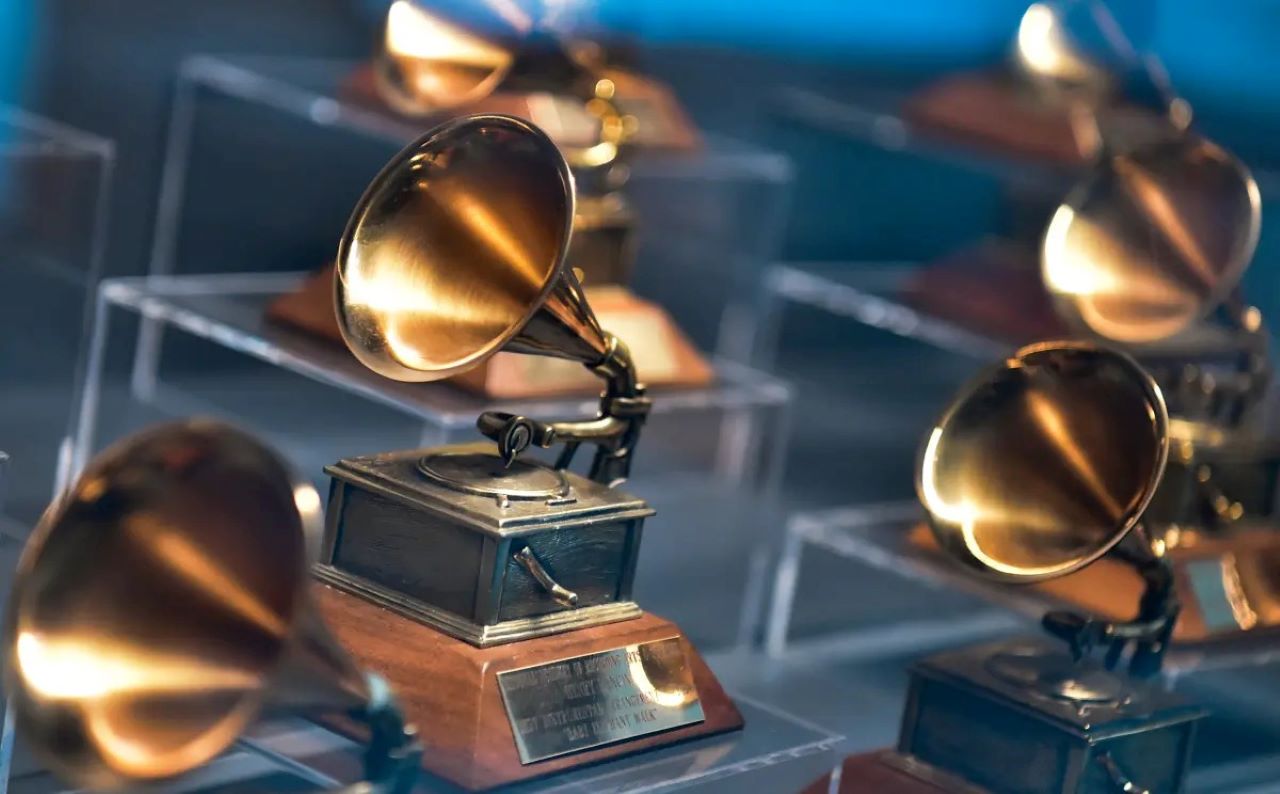
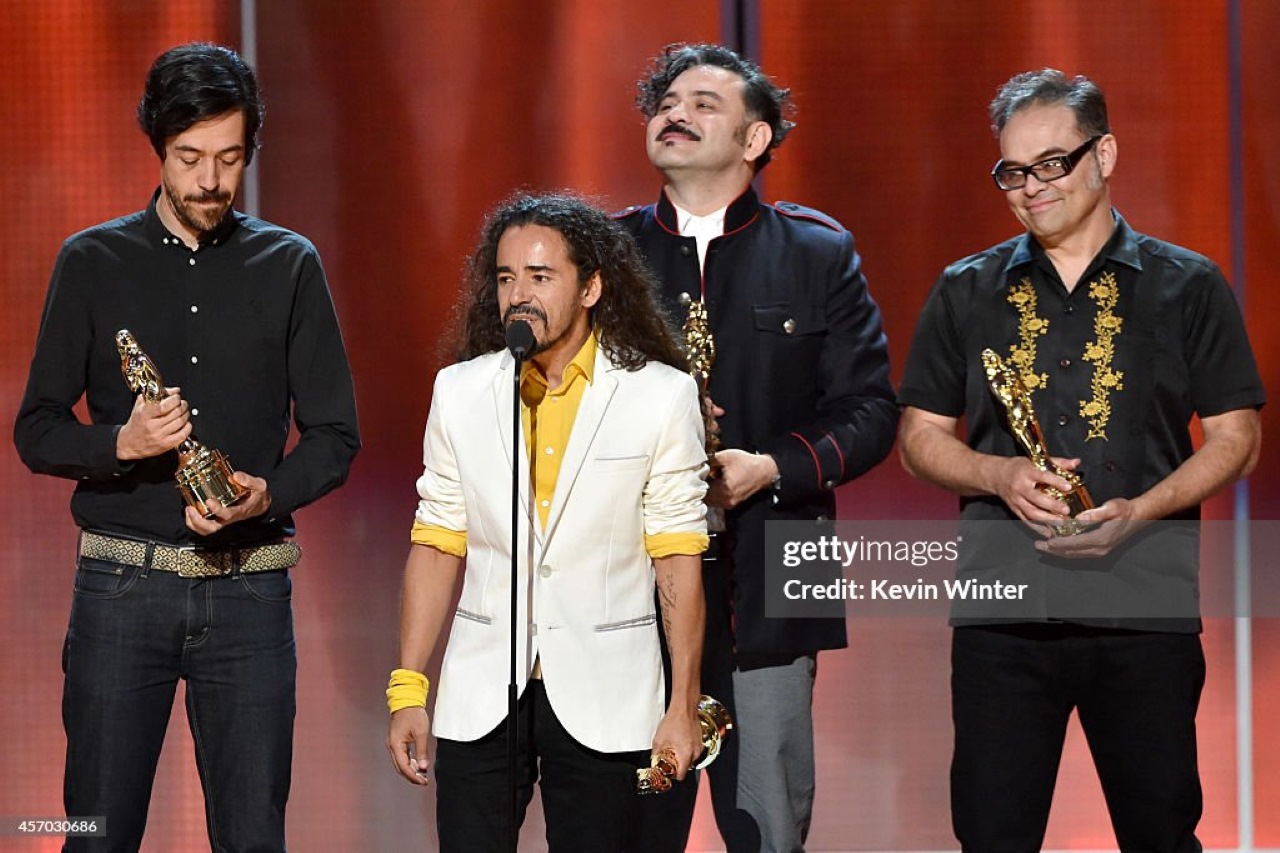

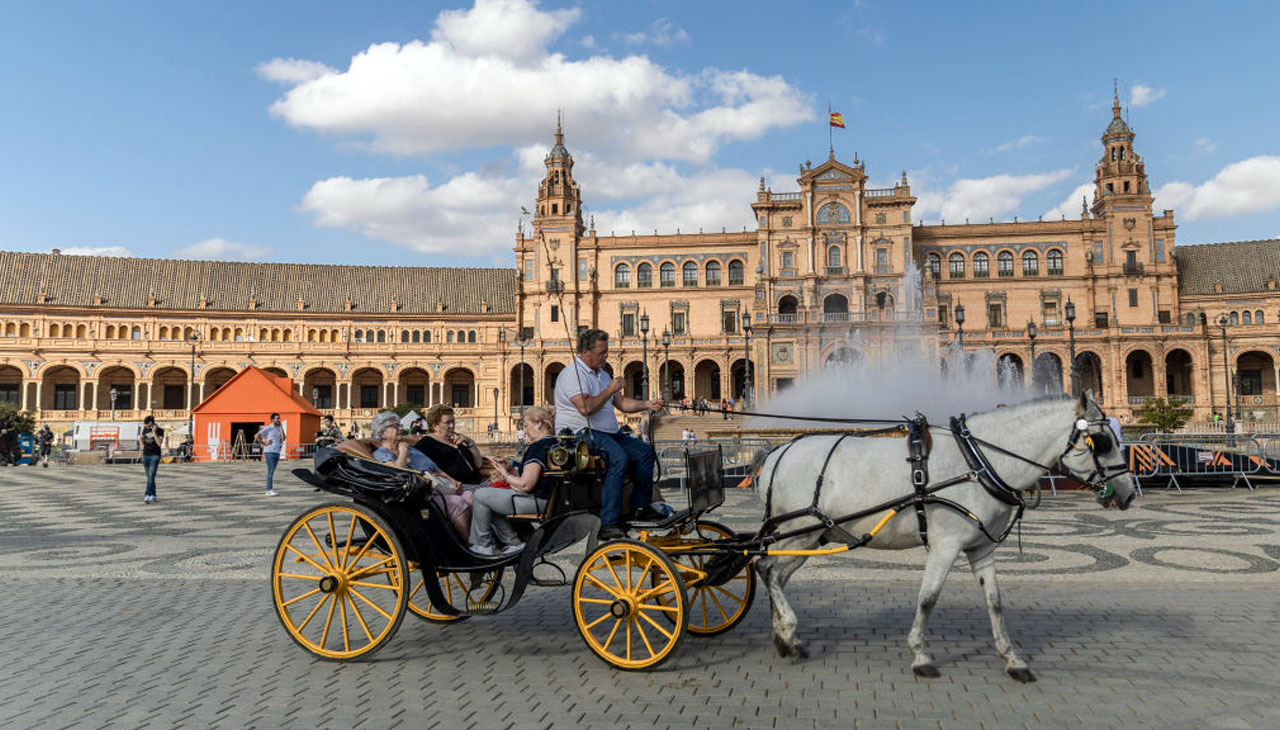

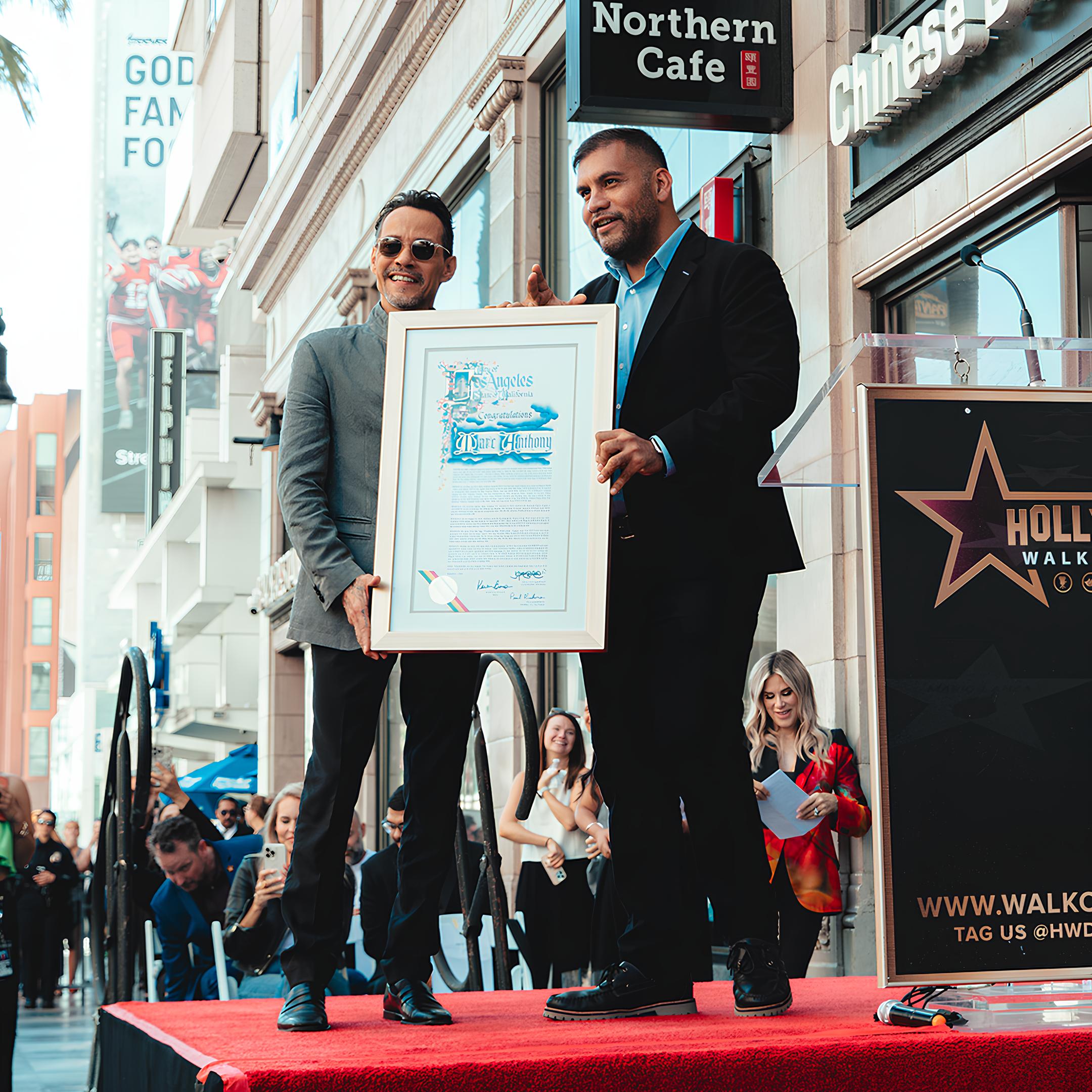

LEAVE A COMMENT:
Join the discussion! Leave a comment.